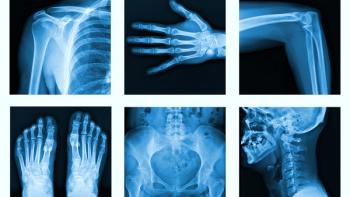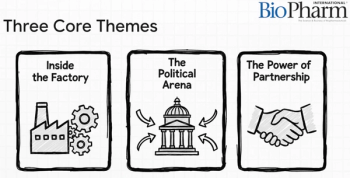
Affinity Chromatography Analysis Column for Antibody Drugs
The TSKgel FcR-IIIA-NPR HPLC column from Tosoh Bioscience is a FcRγ affinity chromatography analysis column suited for the analysis of immunoglobulin G glycoforms.
The TSKgel FcR-IIIA-NPR HPLC column from Tosoh Bioscience, a provider of chromatographic solutions for the separation of biomolecules, is a FcRγ affinity chromatography analysis column for antibody drugs.
The column is suited for the analysis of immunoglobulin G (IgG) glycoforms. The stationary phase uses a recombinant human Fcγ receptor IIIa as a ligand bound to a nonporous polymethacrylate polymer. The resulting elution profile of the glycoprotein mimics antibody-dependent cellular cytotoxicity (ADCC) activity, which is correlated to the composition of the N-glycans.
According to Tosoh, monoclonal antibodies (mAbs) comprise the largest class of glycosylated protein therapeutics currently on the market and glycosylation is known to be a major source of mAb heterogeneity. Glycosylation is a critical factor in drug product solubility, kinetics, stability, efficacy, and immunogenicity, the company reports.
A rapid thirty-minute separation allows the analysis of large numbers of mAb samples to gain initial information on the distribution of glycoforms and expected ADCC activity. This initial method can be applied to purified samples and supernatant alike and can be used in various phases of development and production, such as cell-line screening in early R&D, biosimilar/originator comparison, upstream development and optimization, monitoring of glycoengineering, or lot-to-lot comparison in quality control.
Source:
Newsletter
Stay at the forefront of biopharmaceutical innovation—subscribe to BioPharm International for expert insights on drug development, manufacturing, compliance, and more.




